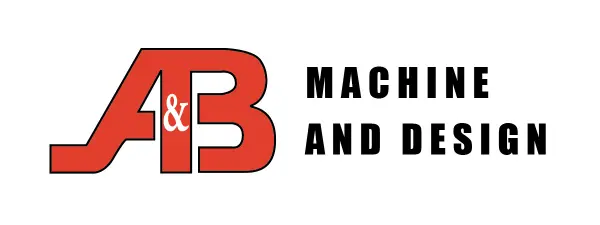Progressive Die Stamping
Time to Read: 1m 57s
Progressive die stamping is a metalworking process that utilizes a number of metal modification methods, including punching, coining, and bending, along with an automated feeding system, to transform raw materials into finished products.
How Progressive Die Stamping Works: The Basics
The feeder system pushes strips of metal, unrolled from coils, through multiple stamping stations. Each station performs a different operation until the finished part is completed. The final station is a cutoff, separating the part from the metal coil. Each station uses a different die (hence, progressive die stamping) in a reciprocating press. As it moves up and down, the press forces the die through the material and forming the material into the die's shape. As the press moves up, it feeds the material through the system; as it moves down, the dies close and perform the necessary stamping operations. A completed part is removed from the die with each stroke of the press. The metal strip must remain precisely aligned, within a few thousandths of an inch, to keep the stamped part within the acceptable tolerances of its design. Conical pilots enter pre-pierced holes in the metal strip to help maintain this alignment with each stroke.Advantages of Progressive Die Stamping
Progressive die stamping is ideal for mass production of stamped parts, as it offers very fast production cycles. Depending upon the complexity of the part and the design of the press, production can run at 800 parts per minute or higher. Exceptional precision and part to part repeatability are easily achieved through progressive die stamping.Additional Information
Dies are usually manufactured on-site by the stamping provider. Generally made of tool steel, progressive stamping dies are designed to withstand the high shock load the process produces, retain their sharp cutting edges, and resist abrasive forces. The web, or sections of metal strip that remain after parts are processed, as well as any parts that are punch out during stamping, are treated as scrap metal. Both are knocked out and ejected from the die set. In mass production, this scrap is often transferred to bins via conveyor belts for recycling.Progressive Die Stamping Providers
- Trans-Matic utilizes state-of-the-art press technology to provide high precision, high efficiency progressive die stamping. With up to 300-ton stamping capacity, Trans-Matic can deliver even the thickest stamped metal parts with superior quality and low cost.



